

Qing Ming Festival
The Qing Ming Festival, or the Tomb Sweeping Festival, is one of the major traditional festivals in China. On this day, people go out to sweep and clean their ancestors’ tombs, while enjoying the freshness and vitality in spring. Roughly the festival is fixed on a date from April 4 to April 6 on the Gregorian calendar. Also, it’s one of the 24 solar terms on the Chinese calendar, and the fifth one in spring. As a festival, it is called “the Qing Ming Festival, or the Tomb Sweeping Festival,” while as a solar term, it represents “Clear and Bright.”
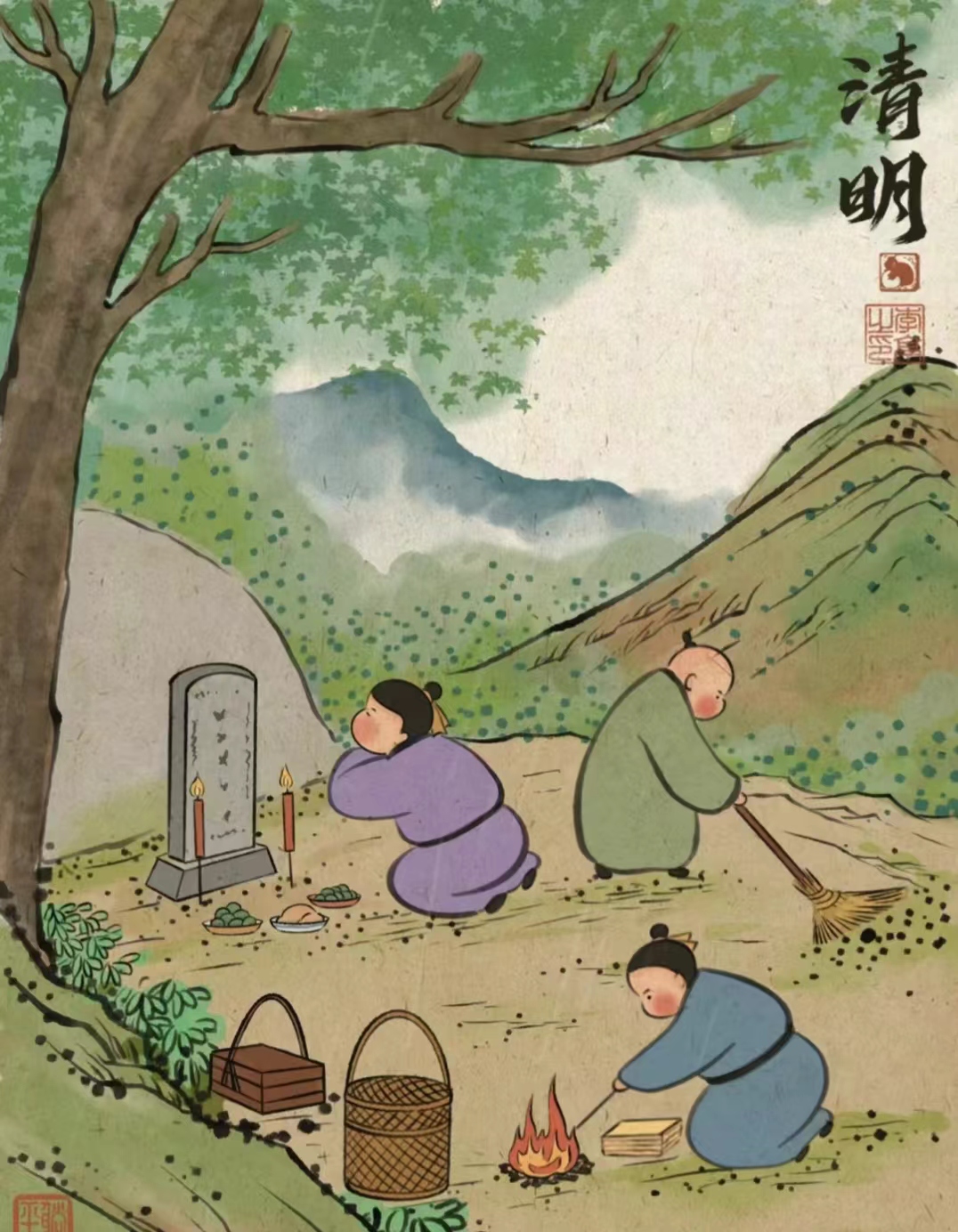
Han Shi Festival
When it comes to the Qing Ming Festival, Chinese people generally associate it with a wide variety of foods. Besides, there was a major festival called “the Han Shi Festival, or the Cold Food Festival” since ancient times, on which Chinese people prepared lots of seasonal foods. Specifically, the Han Shi Festival falls on the 105th day after the Dongzi Festival, or the Winter Solstice on the traditional Chinese calendar, and usually on the first or second day before the Qing Ming Festival. Usually, people celebrate them at the same time.
As the name suggests, on the Cold Food Festival, people only eat cold foods, without any cooking. It’s widely believed that the festival was set to commemorate Jie Zitui, a nobility of the Jin State during the Spring and Autumn Period(BC770-476) in the Chinese history. It was said that Duke of Wen of Jin, a vassal state then, was once in a hard exile in his youth. One time when the duke was near starvation, Jie was bold and loyal enough to cut off a slice of fresh from his own thigh to serve his master. Later the duke came to the throne, but Jie already retreated to a high mountain, leaving no chance for the duke to award him. To force Jie out of his seclusion, the duke ordered his soldiers to set the mountain on fire, but sadly resulting in the death of both Jie and his mother. To mourn the loyal man, local people prohibited any fire on this day. The Cold Food Festival is the sole festival in the Han people’s tradition in association with food. Today, this tradition is no longer strictly observed, and the festival has been merged with the Qing Ming Festival. The festival food would still remind Chinese people of the millennium-old historical event today.
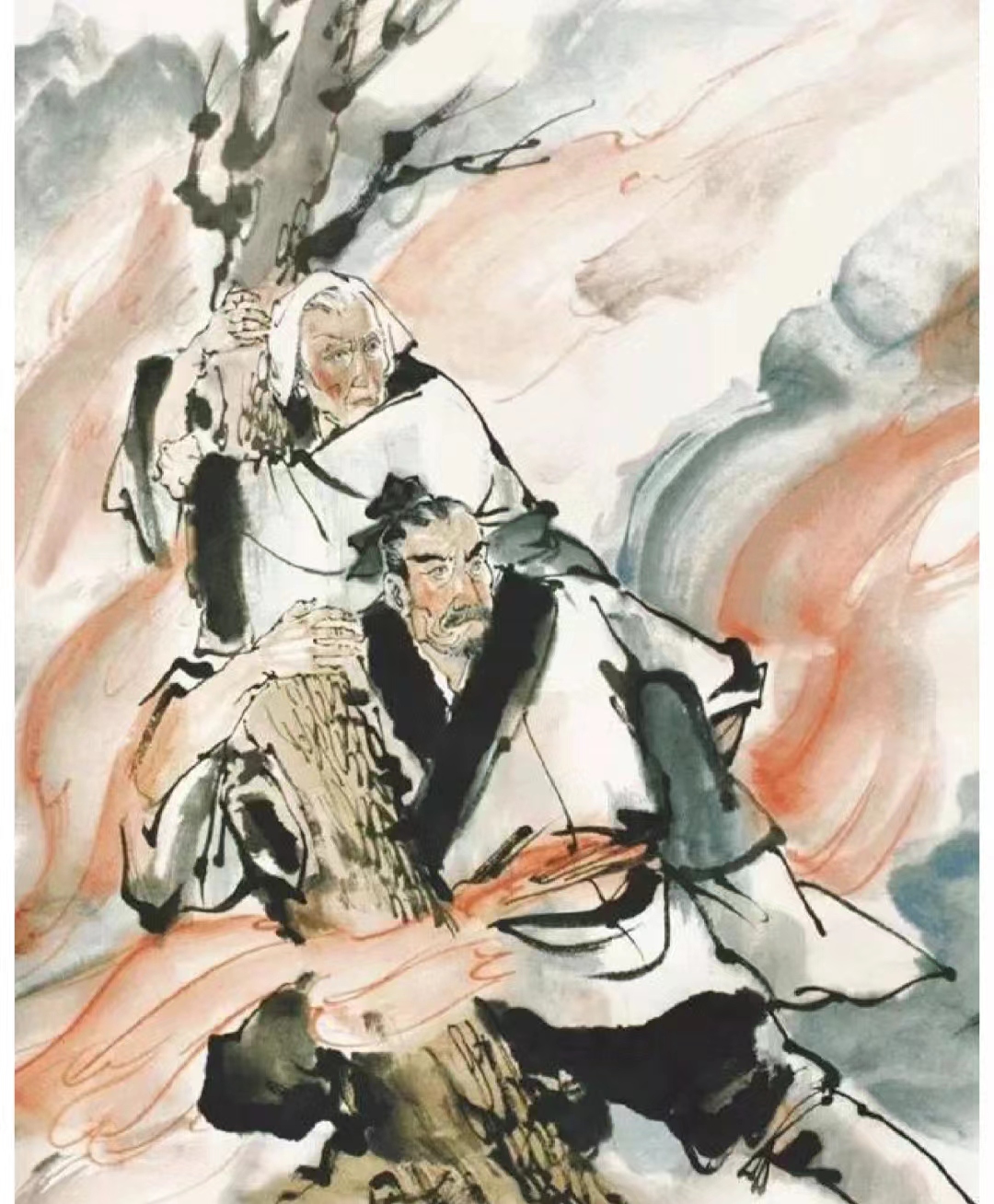
Foods
“Make juices from grass, then mix them with glutinous rice flour. The cooked mixed balls look as green as beautiful jades. ” (A List of Foods in the Garden by Yuan Mu)
Qingtuan(Sweet green rice ball) is a kind of delicious food on the Qing Ming Festival, which is made with the mixture of grass juices and glutinous rice flour. They look green and lovely. Traditionally, the filling is made sweet or salty, and the red bean paste and the yolk plus dried meat floss are the most popular. In the regions south of the Yangtze River, people also call the first serving of this food in spring as “Tasting Spring.”

“The tea-picking girls are busy with the work amidst the apricot coves around the Qing Ming Festival.” (Tea Farm at Baoyuan by Zhang Fen)
West Lake Longjing Tea is the most known among Chinese green teas, and the spring tea has been regarded as the best one; furthermore the spring tea is classified into “the Green Tea Picked before the Qing Ming Festival” and “the Green Tea Picked before the Grain Rain Festival.” The former has long been most treasured. Before the Qing Ming Festival, there is usually plenty of sunshine and water, substantially benefiting the growth of tea leaves. The farmers could try their best to pick the earliest tender sprouts, which will be turned into the Longjing Tea Picked before the Qing Ming Festival. The tea looks green and clear, and tastes sweet and fresh.
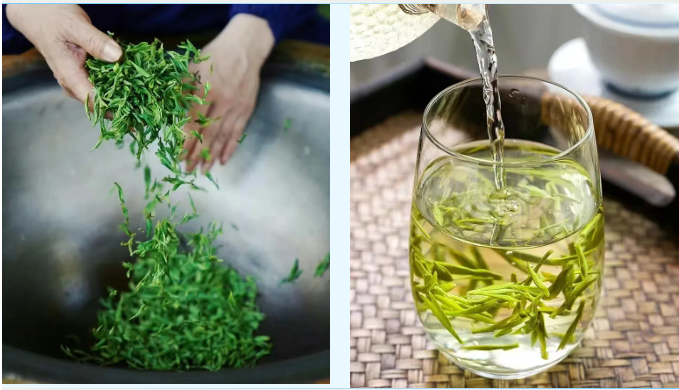
“Skilful women make the wheat flour paste into lines and then twine them in different forms. They would become tenderly yellow or brown after being deeply fried.” (Sanzi by Su Shi)
Sanzi mentioned in Su Shi’s poem was actually a kind of ring-shaped wheat flour food. People made the elastic noodles into different forms, which were then fried in eatable oil. Sanzi is fragrant and crispy, and looks colorfully bright. It is a representative food for the Cold Food Festival.
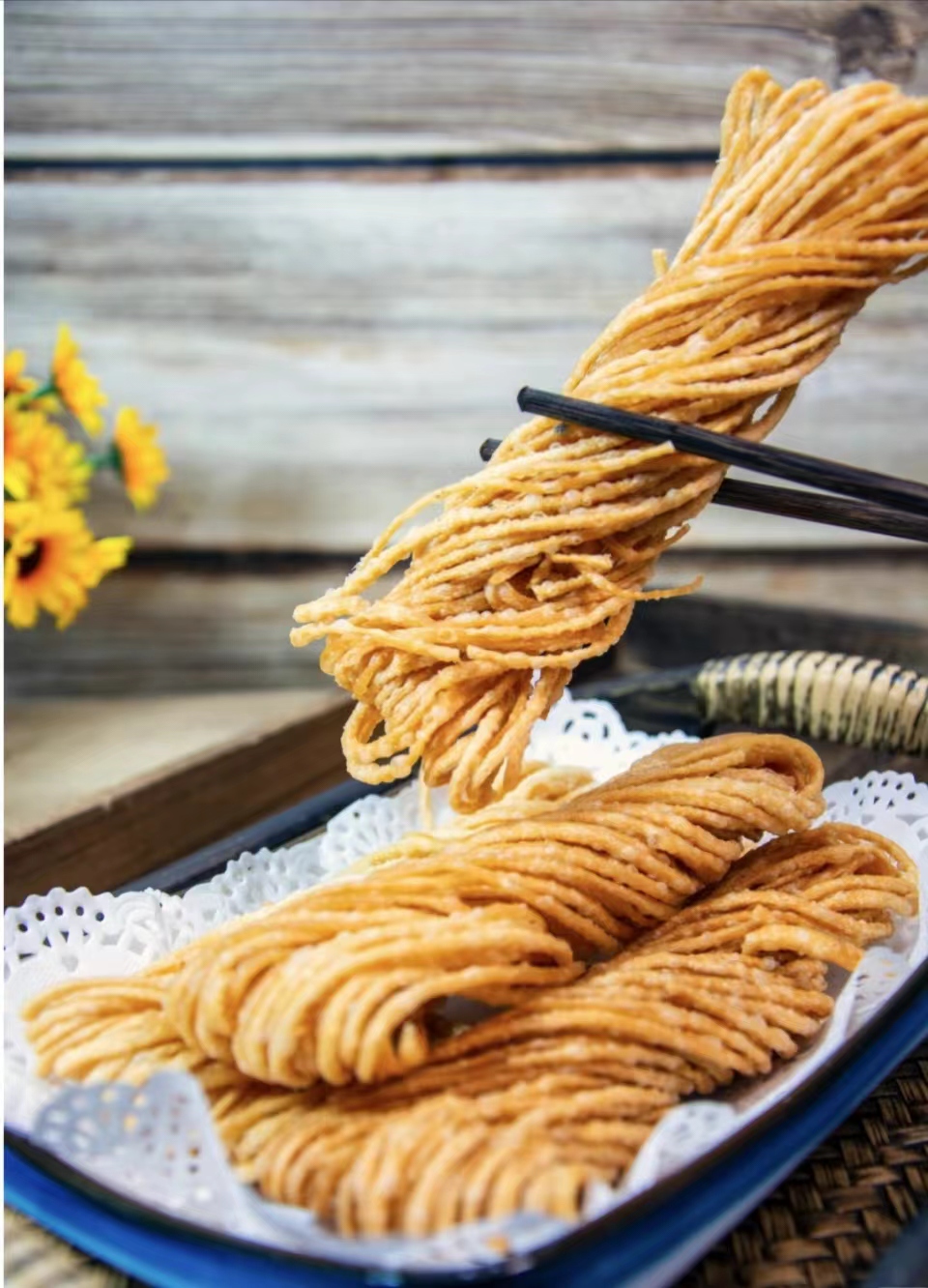
“Grass grows luxuriantly on the stud-farms, and peddlers promote the sale of their maltose under the sun by blowing a Xiao.” (Cold Food Festival by Song Qi)
Maltose was also one of the popular foods during the Cold Food Festival and the Qing Ming Festival in ancient China. The glucoamylase inside the maltose can turn starch into sugar. If you mix starch and glutinous rice, which are common food materials in China, and let them ferment, you will get the sticky maltose. When spring came and flowers blossomed in ancient times, maltose peddlers often attracted consumers by blowing a Xiao, a vertical bamboo flute in China. For this reason, when peddlers show up in the streets, it usually means a sunny day.
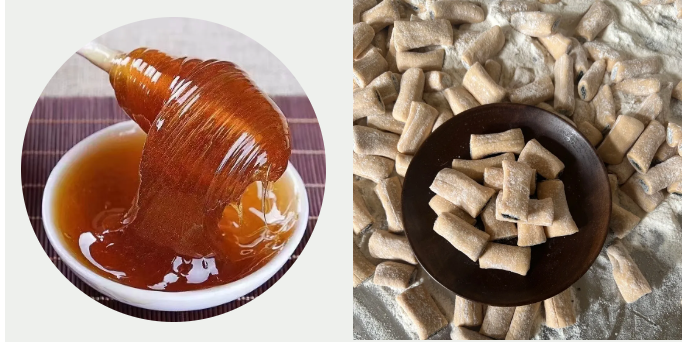
“Without flowers blossoming and wine drinking on the Qing Ming Festival, we would become bored just like a monk in a remote and secluded temple. ”(In the Raining Season of Spring by Wang Yucheng)
When Chinese people talk of the Qing Ming Festival, they often sing the poem the Raining Season of Spring, “It drizzles endlessly during the rainy season in spring. travelers along the road look gloomy and miserable. When I ask a shepherd boy where I can find a tavern, he points at a distant hamlet nestling amidst apricot blossoms.” Drinking wines on the Qing Ming Festival is closely associated with the tradition of offering a sacrifice to people’s ancestors. It’s actually a suitable practice for people to express their respect for and sad memories of their ancestors, while having their emotions soothed. Furthermore, wine drinking can help them better spend the Cold Food Festival without hot food available.
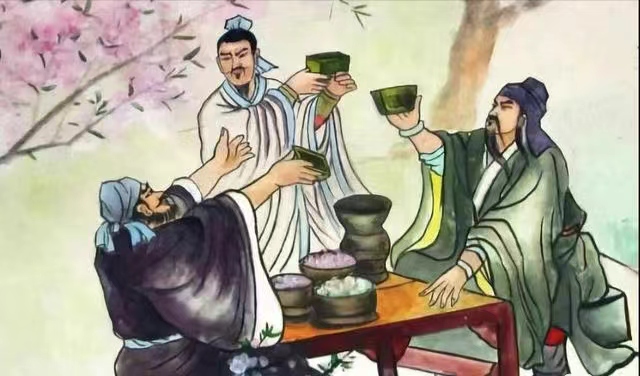
“Nothing other than black glutinous rice can make my outlook better.” (To Li Bai by Du Fu)
Black glutinous rice is made of glutinous rice dyed with the juices from bilberry leaves. It was said that it originated from a kind of Taoist food. In ancient times, it was very complicated to make this food: first, people should steam rice and dry it in the sun; then put it inside the bilberry juices. The mixture was steamed and dried in the sun for nine times. It was a tedious job, but in such way could the finished food endure a long-time storage. It’s believed that people could have their body strengthened and their outlook improved if they serve this food around the Qing Ming Festival.
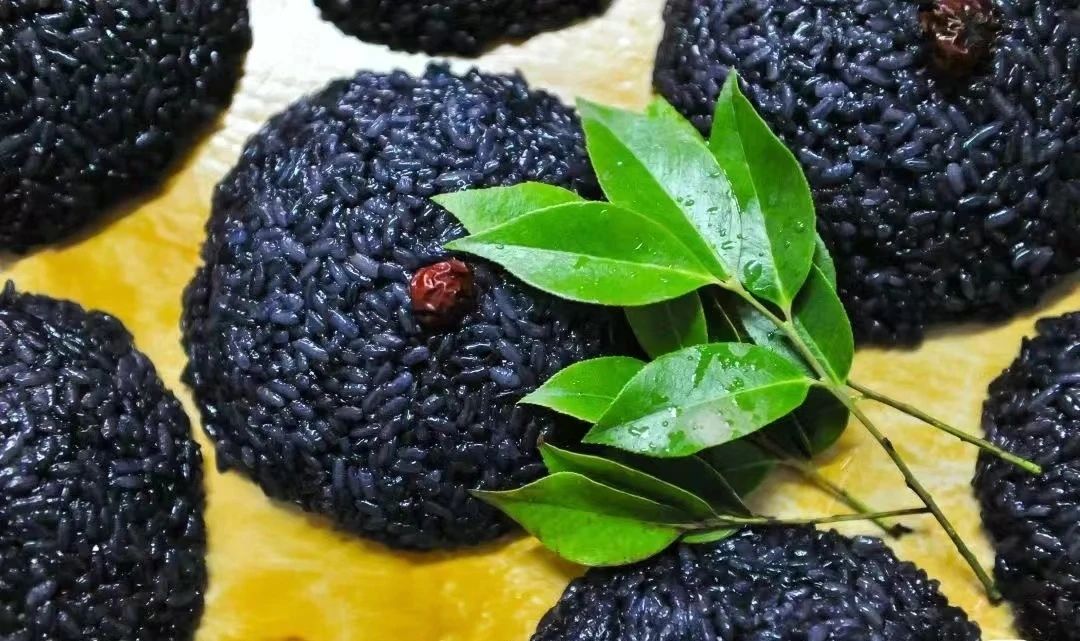
In addition to the foods mentioned above, Chinese people would make other varieties to celebrate the festivals and the coming of spring, such as eggs cooked with fresh wild shepherd’s purses, the swallow-shaped food made with wheat flour, the jujube cakes made with leavened dough and the vegetables wrapped with thin crusts.
A wide variety of foods make these festivals appealing and vigorous; also, they express Chinese people’s respect for lives in spring days.